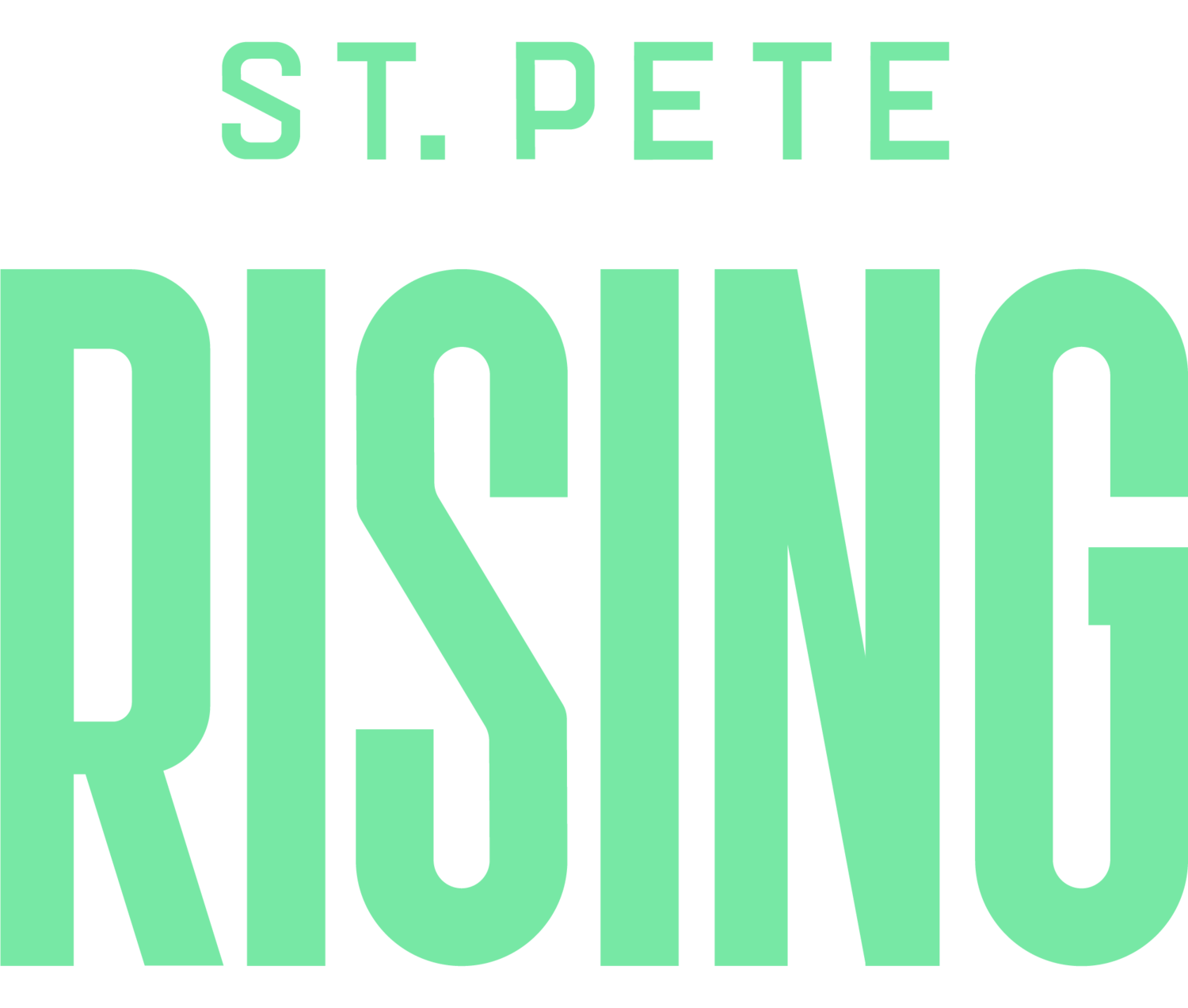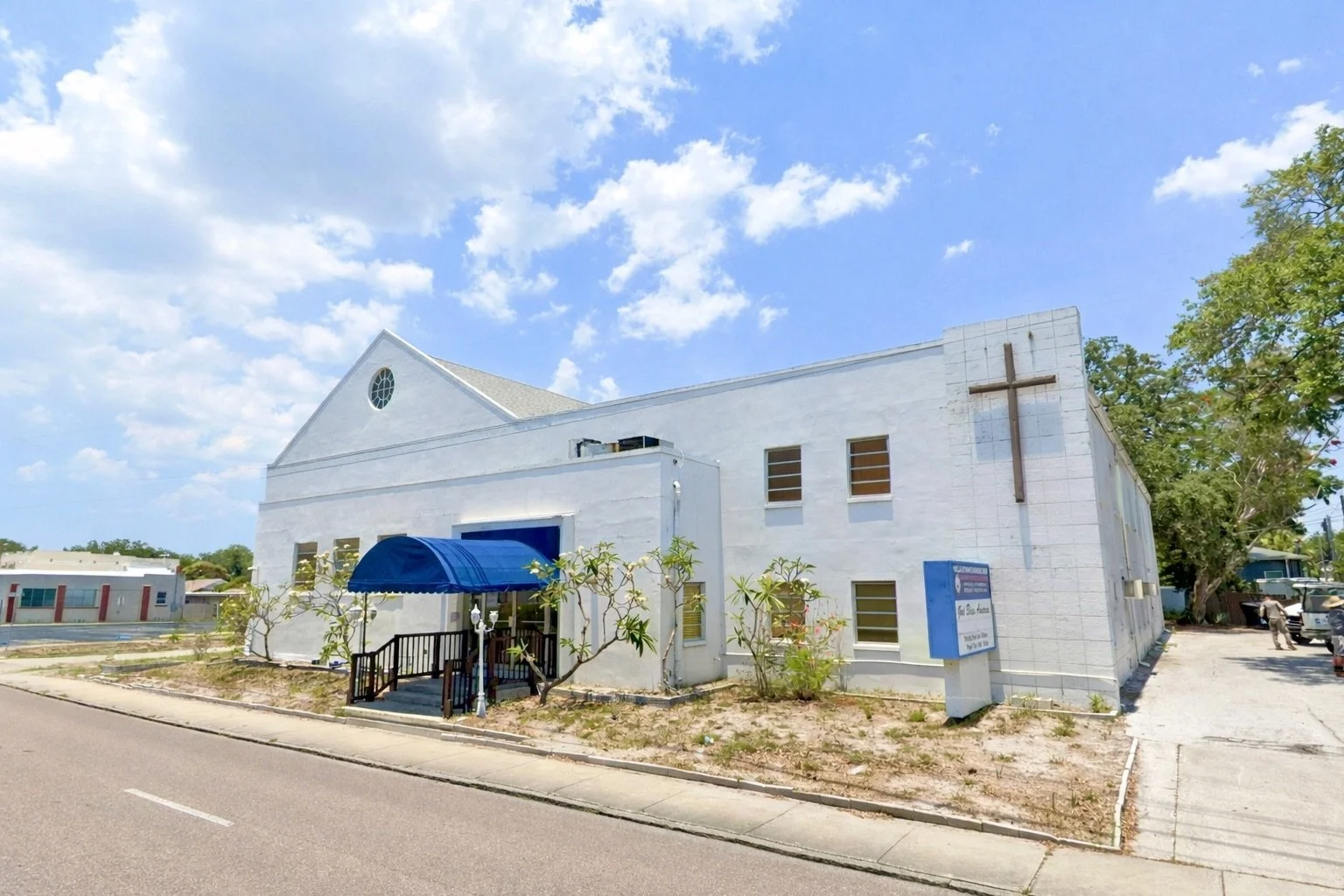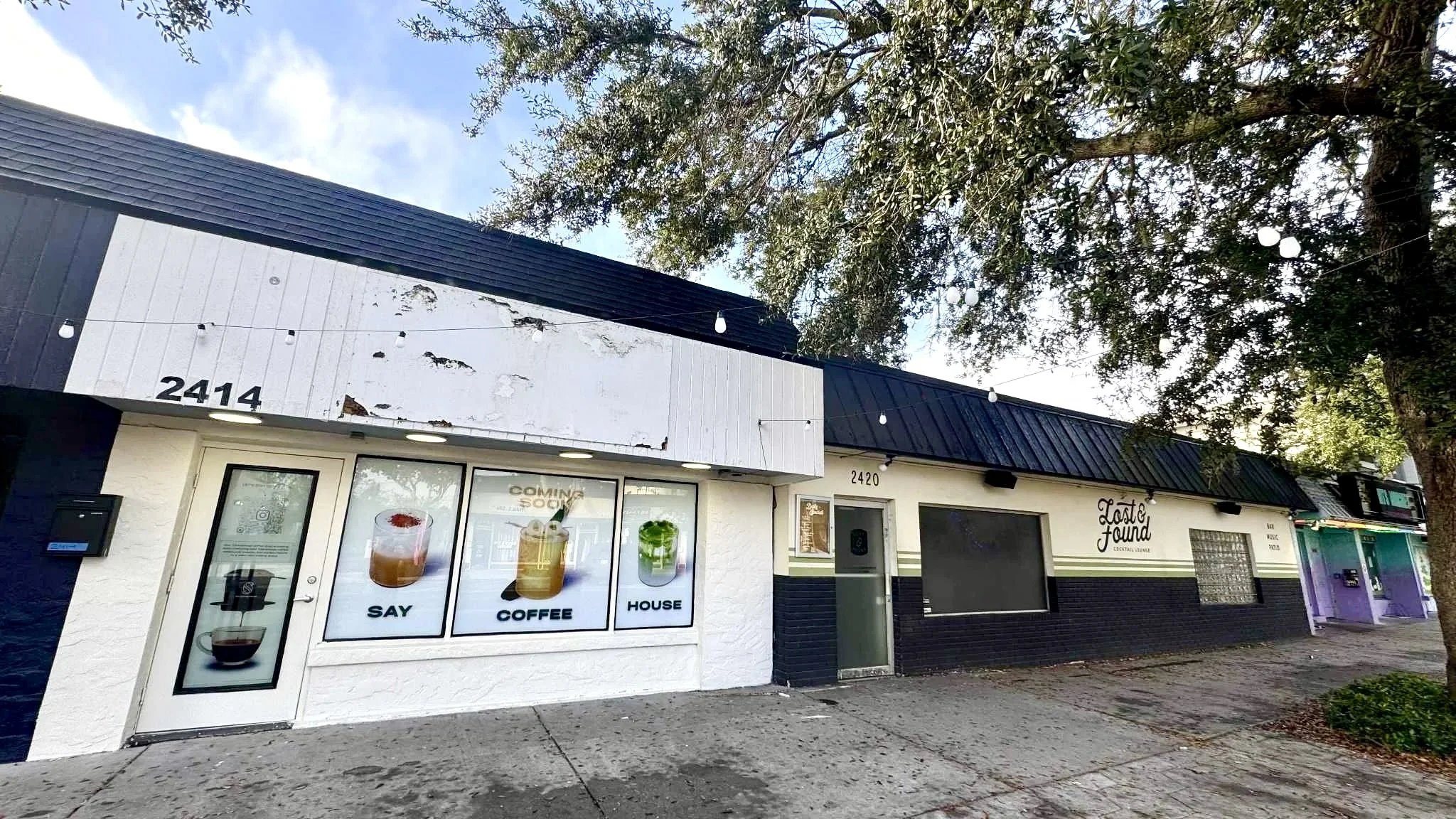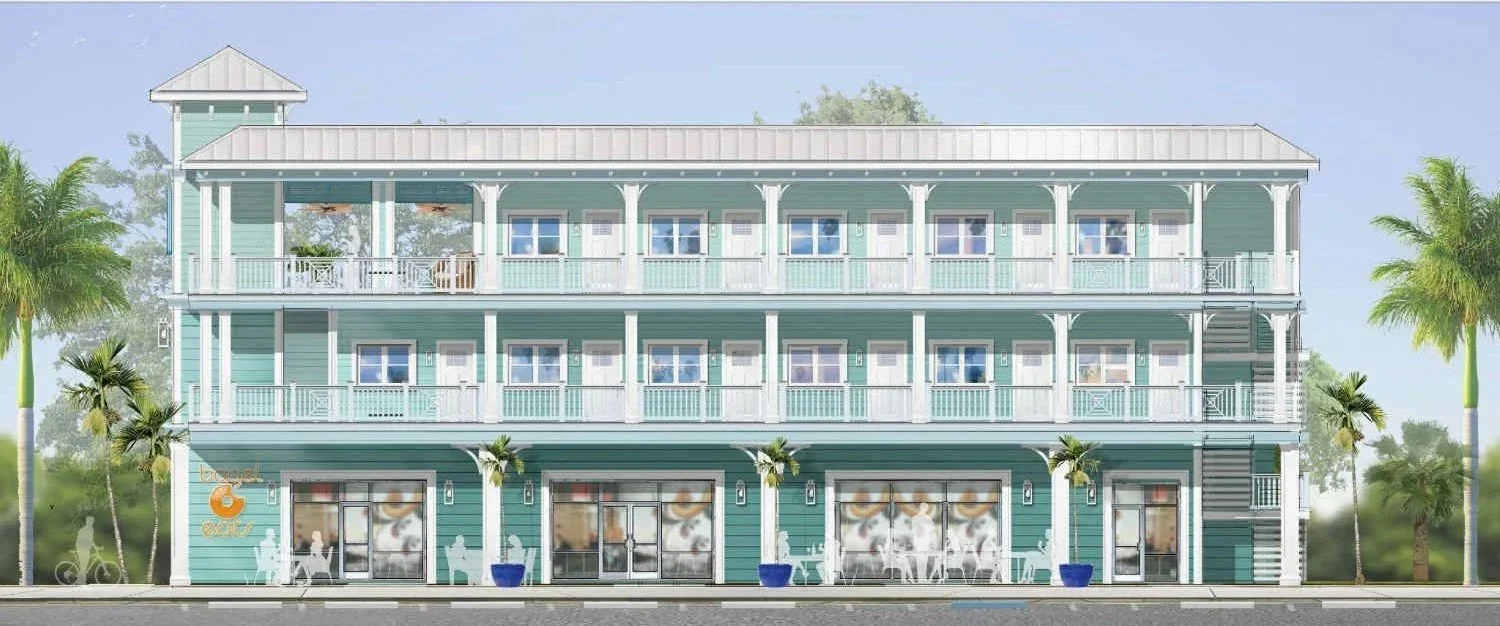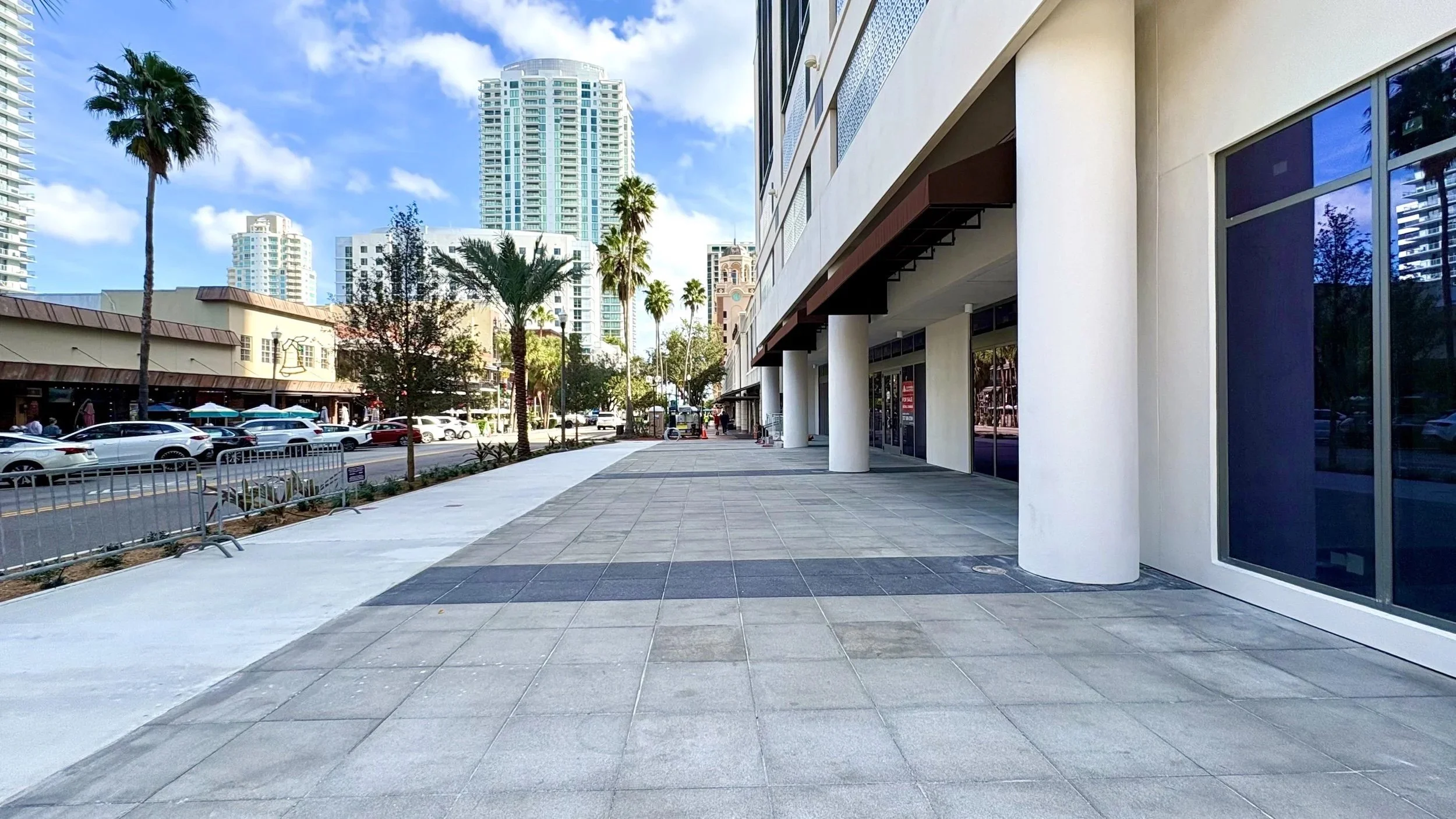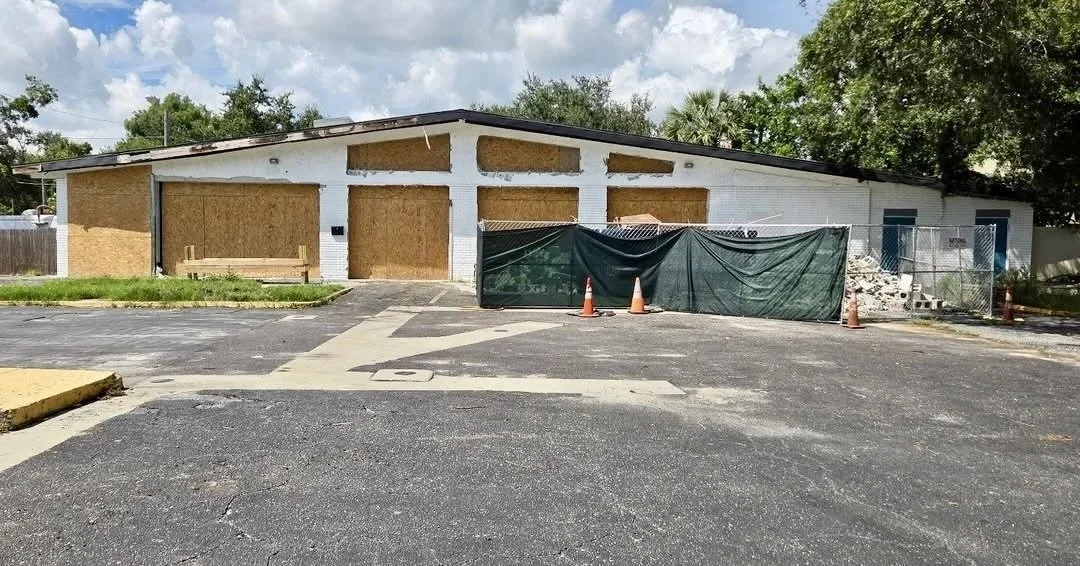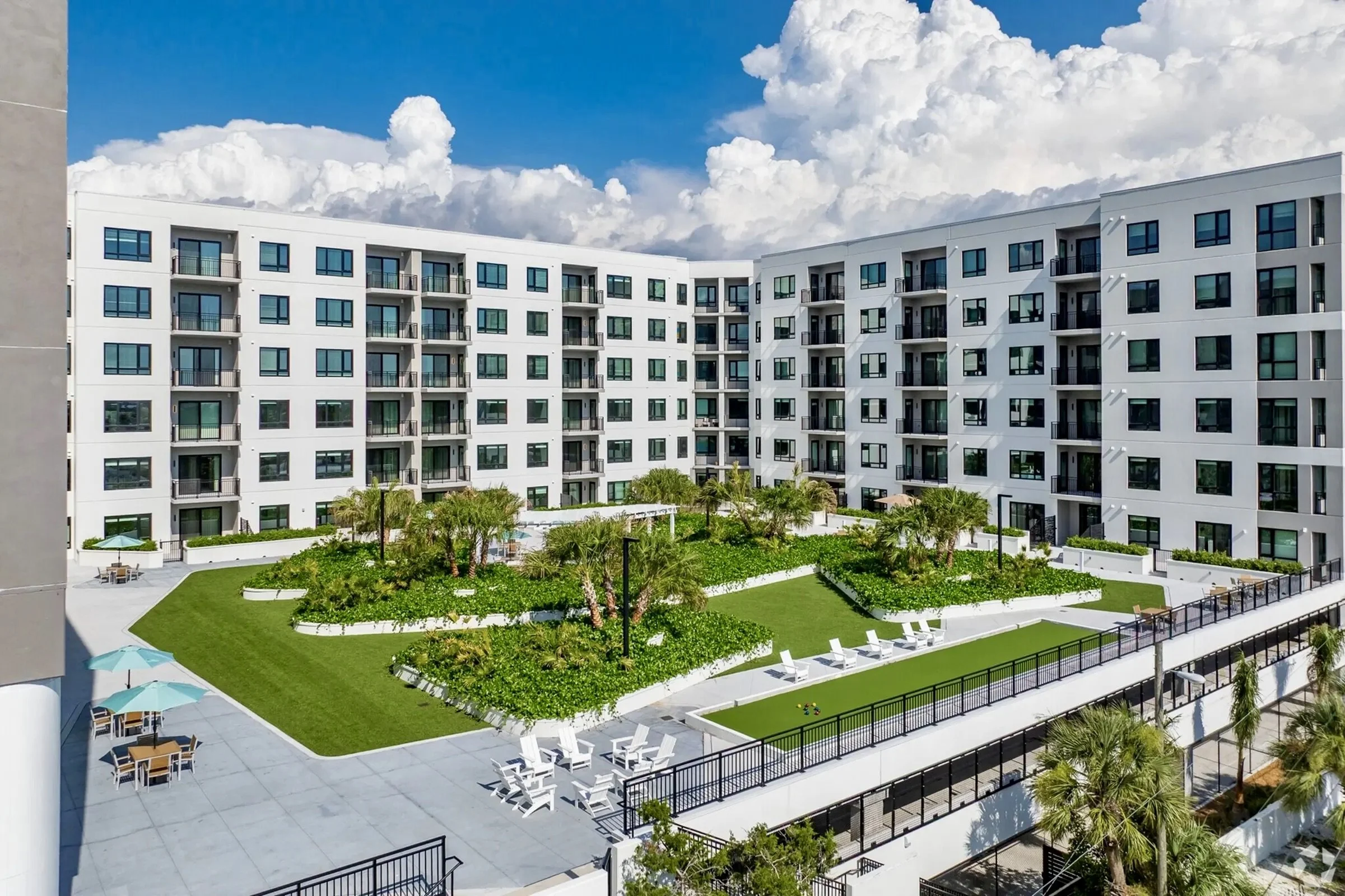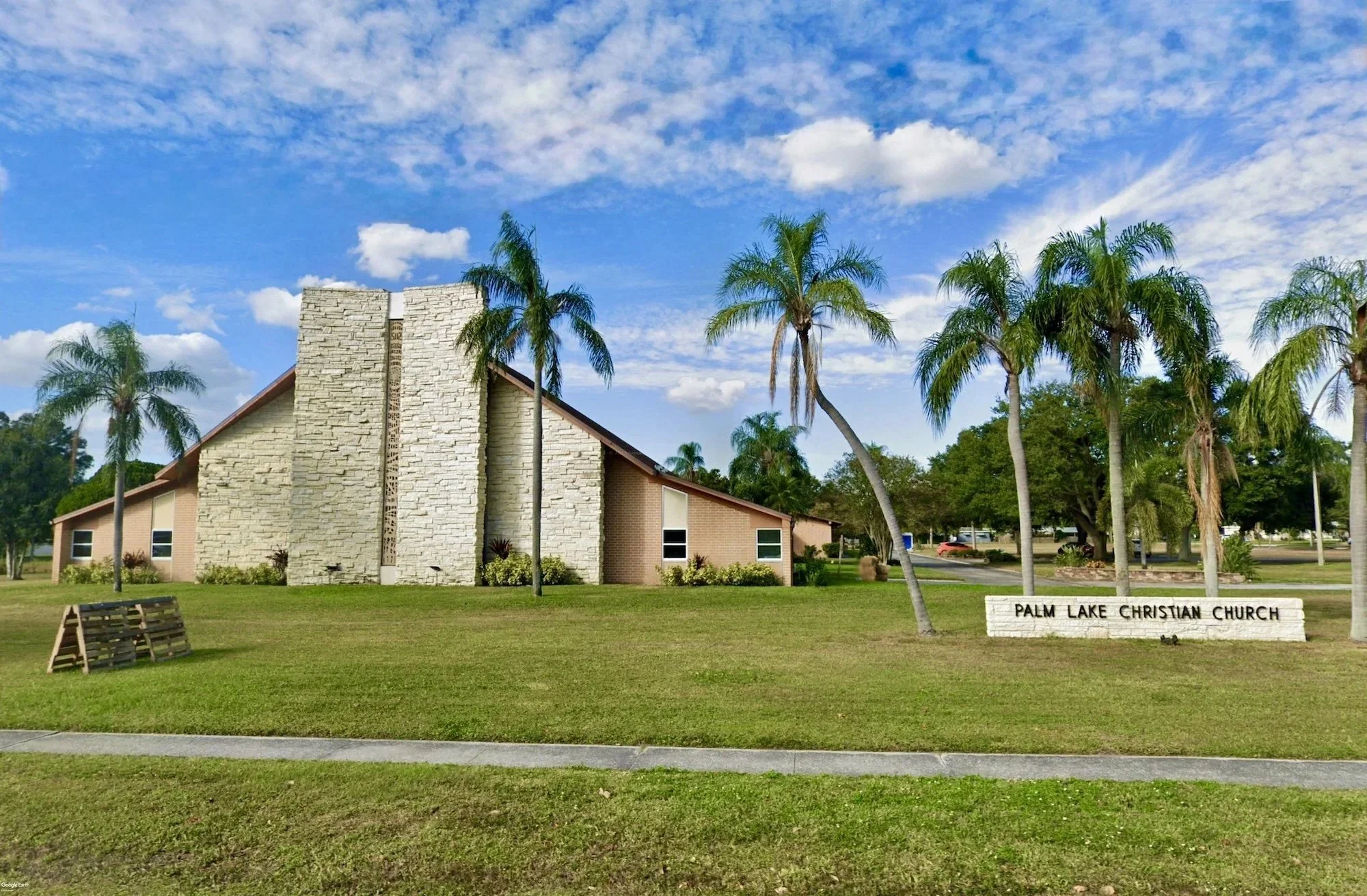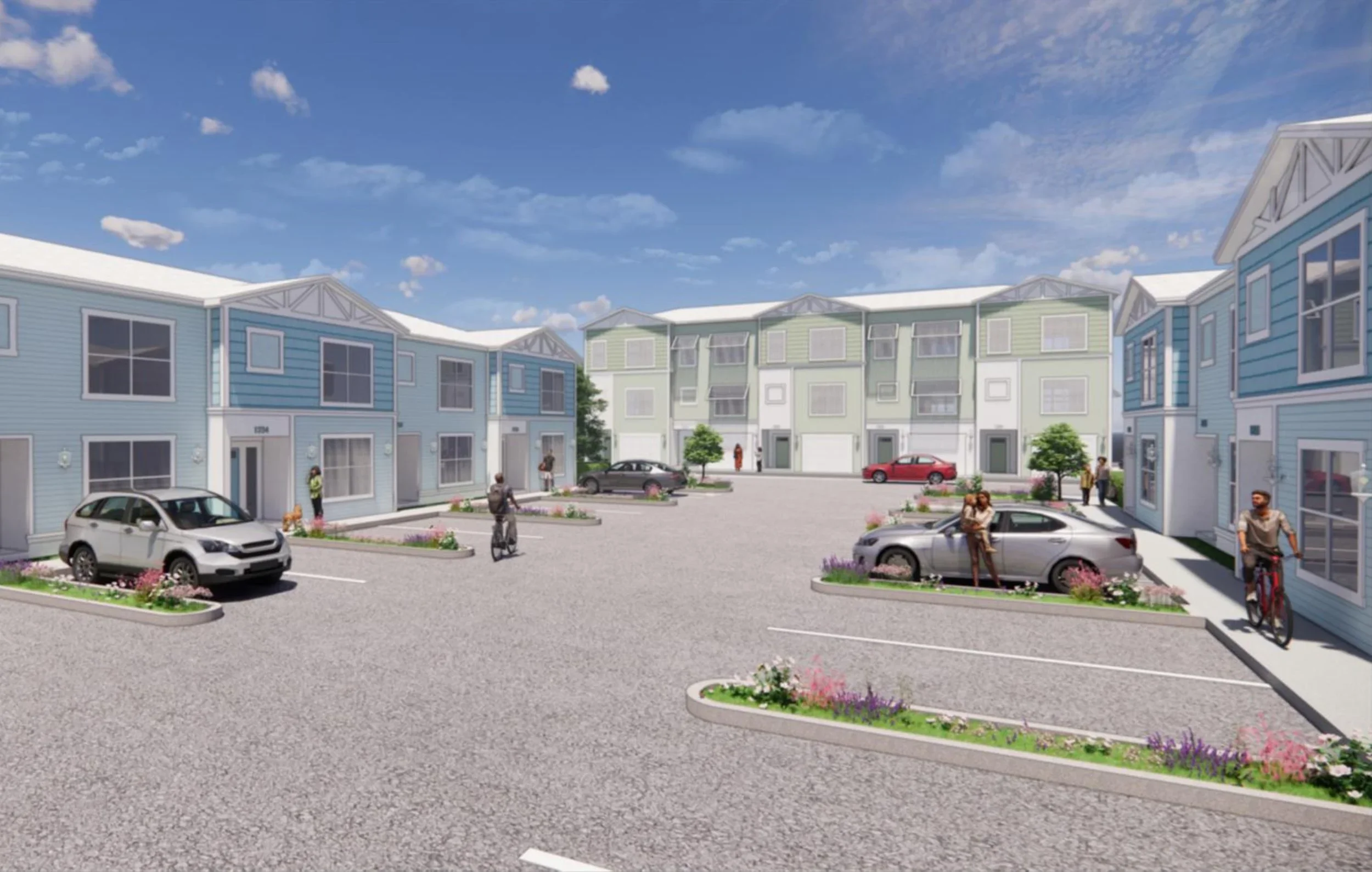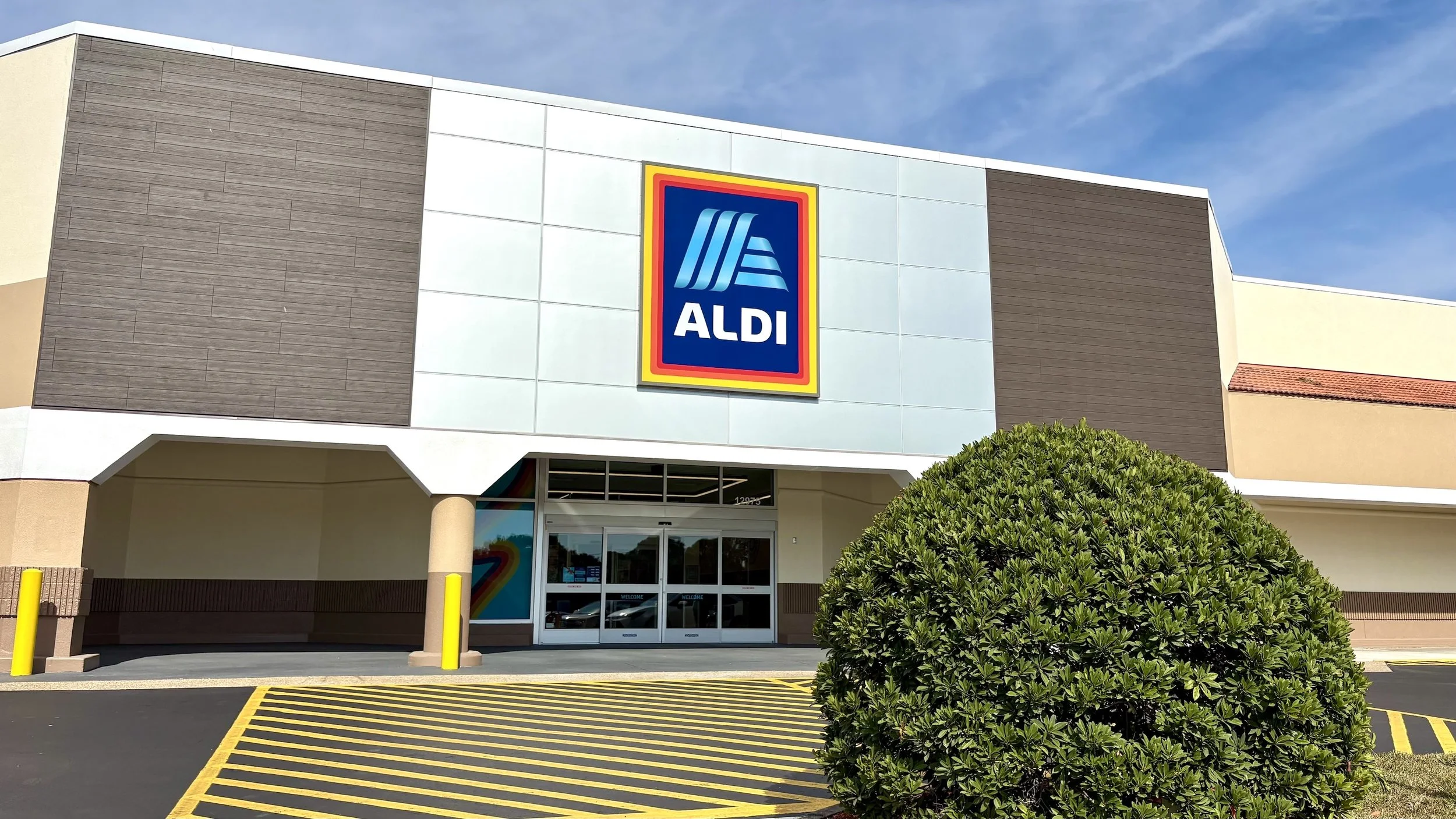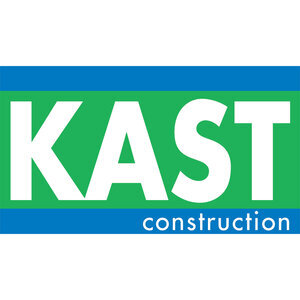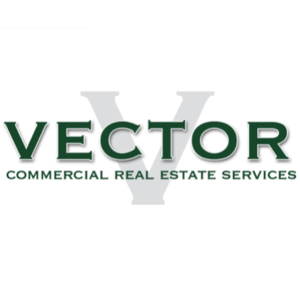$1.3 billion Rays stadium preliminarily approved by St. Pete City Council, final vote set for July
/A rendering of the 30,000-seat sadium that will have A THREE-deck scheme | populous
Who's picking up the tab for the new Tampa Bay Rays's $1.3 billion ballpark, where’s that funding is coming from, and other lingering questions were answered this week during a seven-hour-long discussion.
On Wednesday morning, St. Pete City Councilmembers, Mayor Ken Welch, and Rays executives hashed out the details of the stadium agreement during a Committee of the Whole workshop meeting.
On Thursday, St. Petersburg City Council preliminarily voted 5-3 to approve a development agreement for the new Rays stadium. The opposing votes came from Councilmembers Lisset Hanewicz, John Muhammad, and Richie Floyd.
Also passed were ordinances that will rezone 24 acres of the Historic Gas Plant District, and modify the Intown West Redevelopment Plan to accomodate the new stadium.
Another Committee of the Whole workshop is slated for July 9th and a second hearing and final vote is scheduled for July 11th.
Designed by architectural firm Populous, the enclosed stadium is set to be the most intimate in Major League Baseball (MLB) with a capacity of 30,000.
The outfield will feature a large glass wall to seamlessly blend the indoors and outdoors | populous
The latest renderings presented during the meeting showed a fixed glass roof and large windows and porches spanning across the walls, allowing natural daylight to pour in while keeping the stadium climate-controlled.
Per the current agreement, St. Pete will fund $287.5 million, Pinellas County will contribute $312.5 million, and the Rays are responsible for the remaining $700 million to cover the construction of the stadium that will anchor the redevelopment of the 86-acre Gas Plant District.
The city will agree to sell the 65 acres of public land needed for $105 million, well below its appraised value.
A site plan of the full buildout of the historic gas plant district | tampa bay rays and hines
“It’s one of the largest stadium subsidies in MLB history, and there is no revenue return to the city from it,” Councilmember Richie Floyd remarked.
The financial contribution, funded through bond sales, excludes the $142 million the city will spend on roadwork and other infrastructure.
Floyd also expressed hesitancy about transferring significant funds to a private entity.
"I think the administration thinks that it's worth the money to provide the benefits that we're going to get, but my contention is that we've had offers to create all of those benefits multiple times over without subsidizing a stadium, and yet we chose to subsidize the stadium."
Welch and the Rays representatives also stressed the county will provide significant funding through bed taxes, or taxes on hotel room stays, and the Rays will assume responsibility for cost overruns, insurance, and future capital expenditures.
There will be different fan experiences at the various levels | populous
“The Rays stadium will be the foundation for an unprecedented opportunity for jobs, housing, shared economic opportunity, and honoring the promises to the Gas Plant community," Welch said in a prepared statement.
"There has been an extraordinary level of review, analysis, and negotiation, and that is to be expected for such an extraordinary project."
The Rays also emphasized the 30-year non-relocation agreement, which states the team must play all home games in the city and are restricted from talking with other parties about future relocations.
Another hot topic emerged about parking, specifically when the parking spots will be available throughout the development over a 20-year timeline. The plan calls for 14,000 parking spots.
“You’ve also created a destination where people come early and stay late. It minimizes the traffic impact because you don’t have 25,000 people all rushing at the same time to get to the game and then all leaving at the same time out of the same lots,” Tampa Bay Rays President Matt Silverman said.
Any changes to the agreement will be reviewed on July 9th during another workshop. Two days later, the city will cast its final vote on the stadium deal.
The new stadium will also be housed to host special events | populous
The deal is subject to required approvals from Major League Baseball and Pinellas County Commissioners.
The Rays expect to begin construction on the stadium in early 2025 with a planned opening in time for the 2028 baseball season.
The stadium will be built on 12.6 acres on the southeast portion of the site. One of two parking garages will be located south of the stadium on 4th Avenue South and a second garage will rise on the corner of 1st Avenue South and 16th Street South.
The Rays are also working with Skanska, serving as the owner's representative, and Central Florida-based Finfrock as the design-build firm for the parking garages.
The stadium will include a pedestrian plaza on 2nd Avenue South with multiple food and beverage outlets, including a potential two-story brewery, food court, and team store. The main entry plaza is designed to accommodate pre- and post-game activities, including concerts both large and small. These outlets will serve fans both inside and outside the ballpark, ensuring vibrancy on non-game days as well.
In addition to a new stadium for the Rays, the full buildout of the development will feature 5,400 residential units, 750 hotel rooms, 1.4 million square feet of Class A office and medical space, and 750,000 square feet of retail space, among other amenities. The redevelopment aims to revitalize the area, offering a blend of residential, commercial, and recreational spaces.
